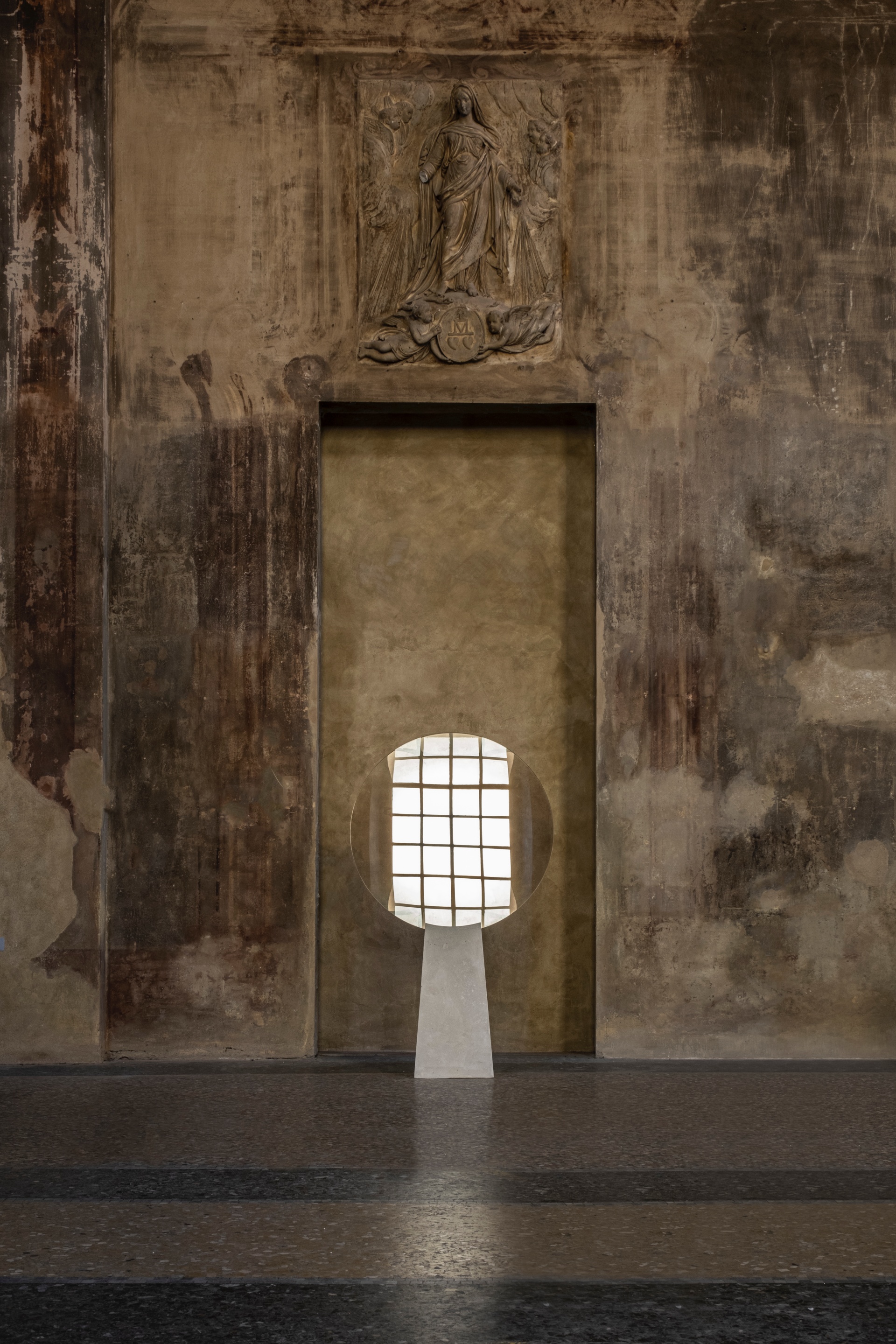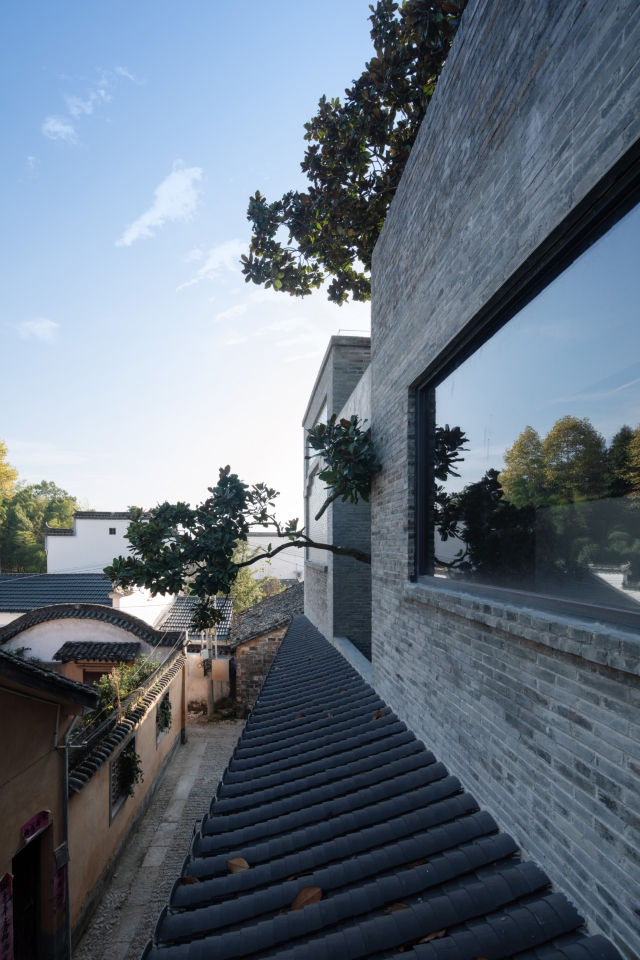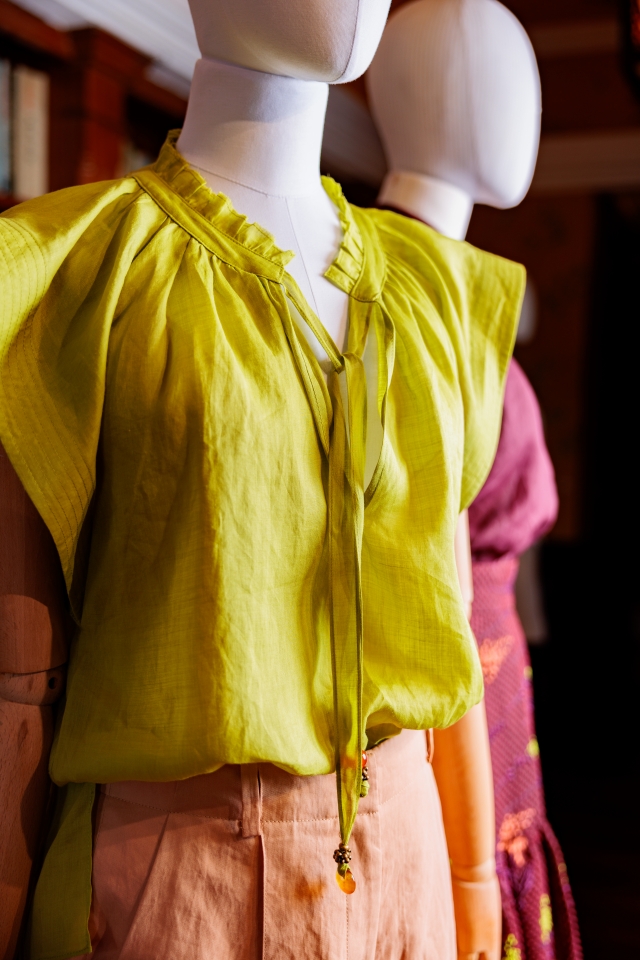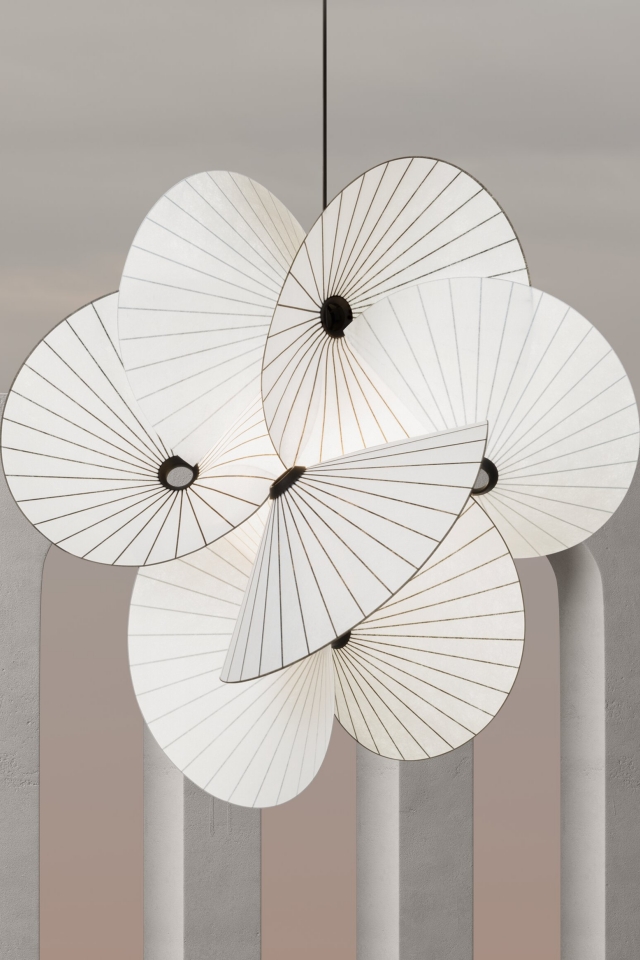Boldizar Senteski creates his unique and limited edition collectible design pieces by bringing together the eclectic elements of his urban landscape. Combining traditional craftsmanship and industrial innovation, Senteski’s approach is rooted in experimentation. Pairing his mastery of light with ancient forms and noble materials, Senteski's use of alchemy celebrates the unexpected errors of the oxidation process as he allows his materials to shape themselves.
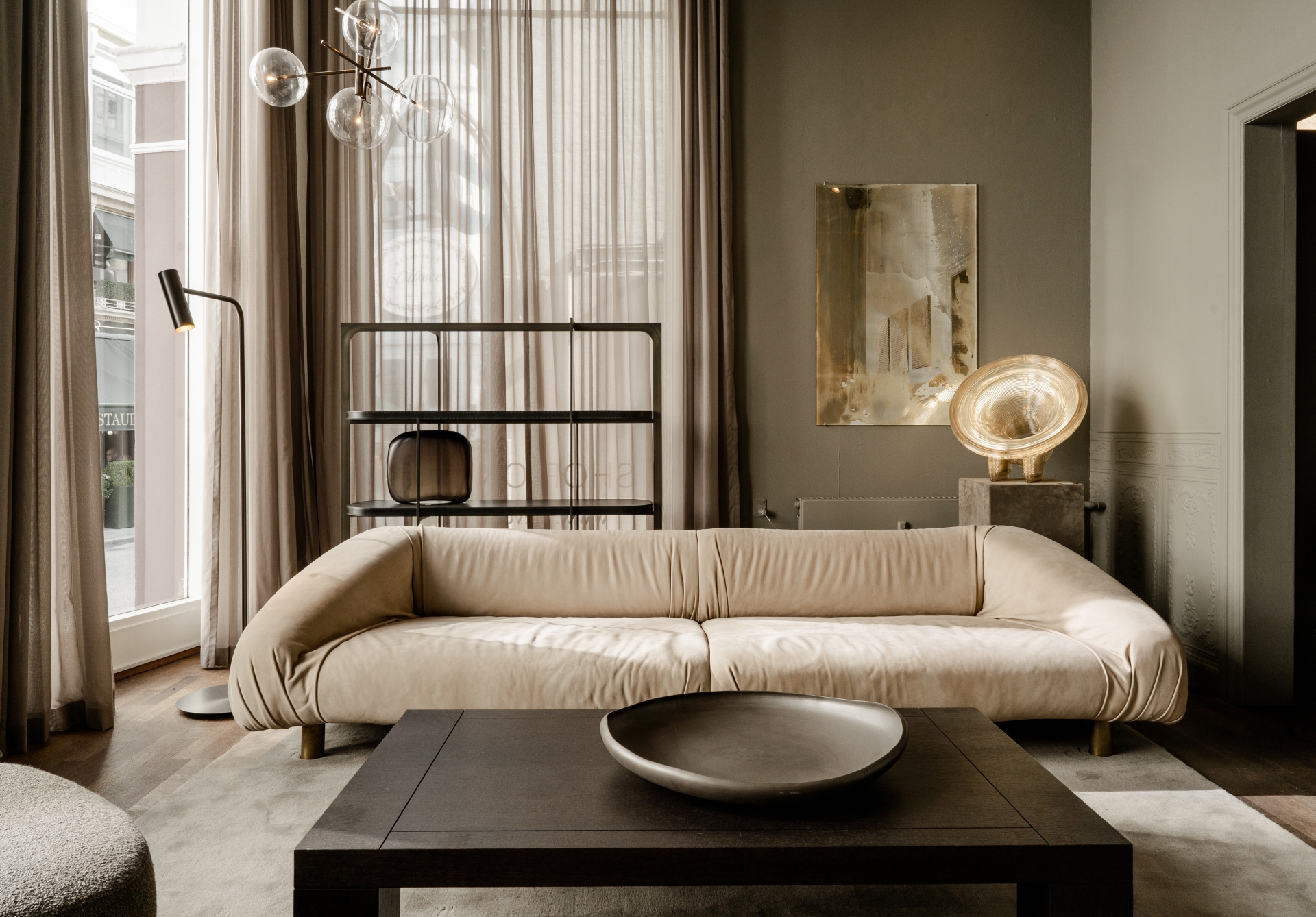
Traversing the boundary of art and functional design, Senteski's handmade creations includes his signature mirror paintings - an evolved series of works which seek to explore the poetic possibility of human perception; as well as a number of limited edition lighting and furniture pieces which have been exhibited globally.
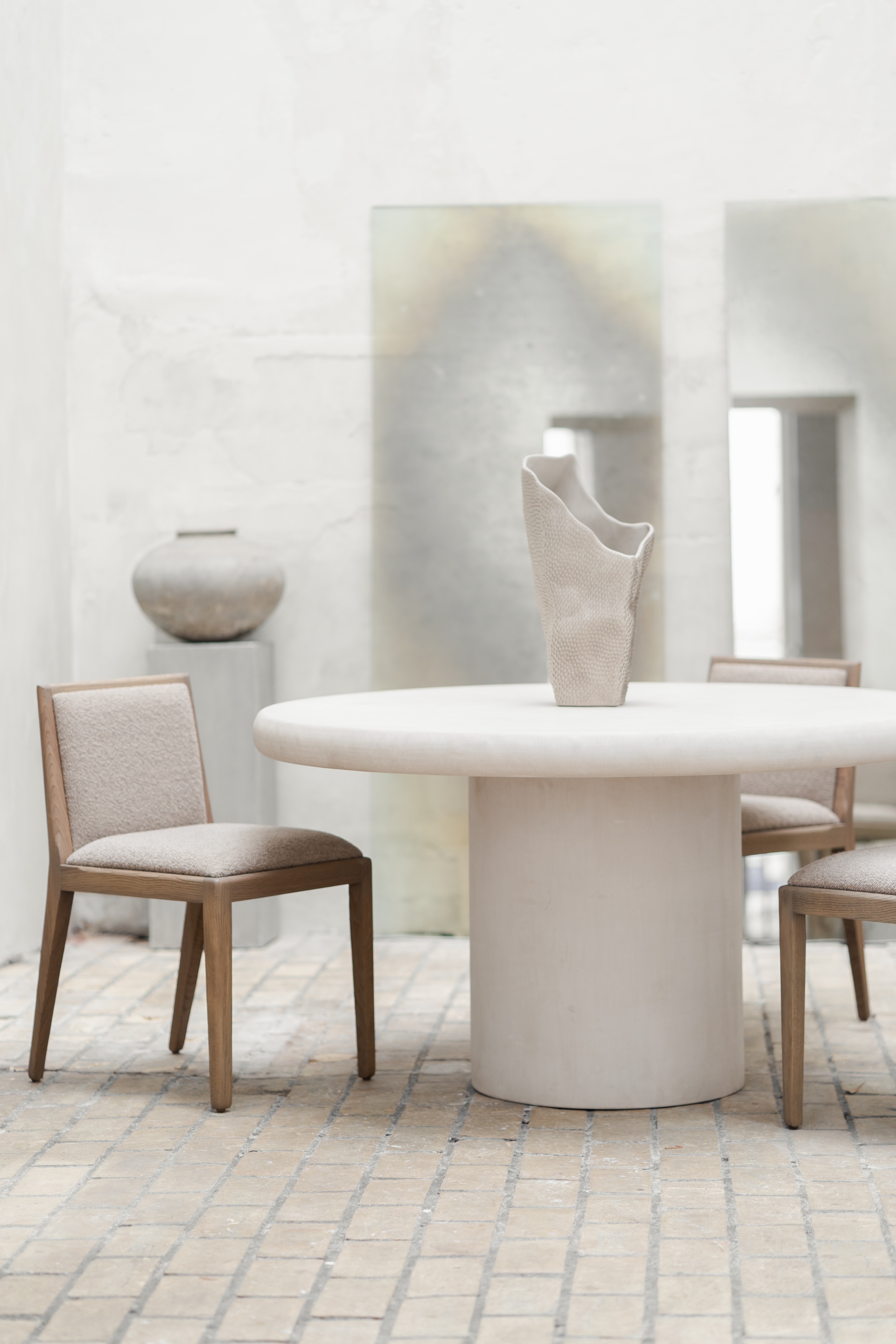
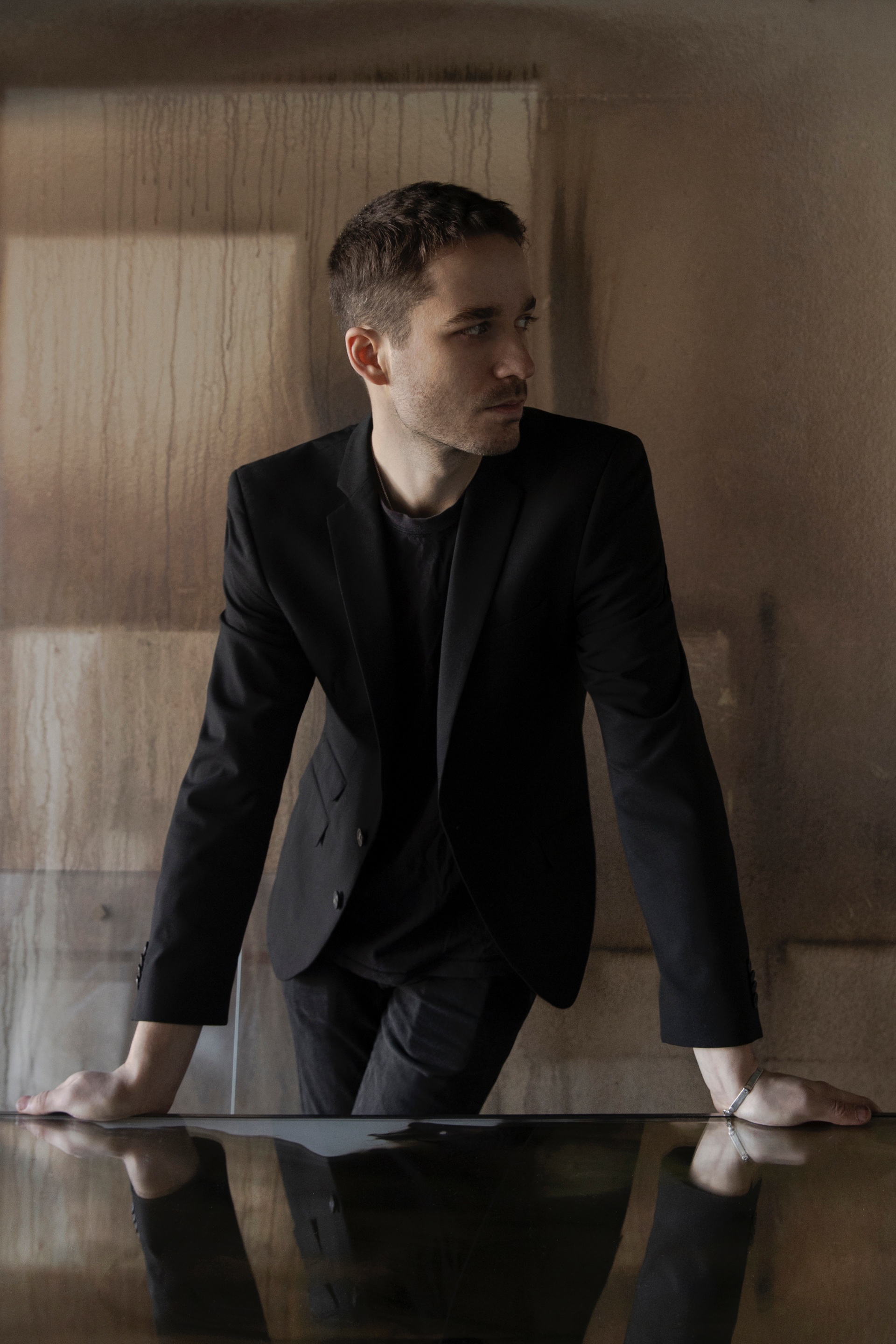
Based between Paris and Budapest, Senteski's work is represented internationally by StudioTwentySeven, Galerie Philia, Objective gallery and Rue Verte. His mirror objects simultaneously speak about the world we see in them and how we perceive it. First inspired to begin experimenting with mirroring surfaces whilst at university researching human perception, Senteski went on to further develop his exploration of the technique whilst shaping it to his own image, highlighting the oxidation process of the silver and using alchemy to celebrate the beauty of uncalculated errors. Each piece is a one-of-a-kind handmade creation, placing the “mirror paintings” somewhere between art and functional design.

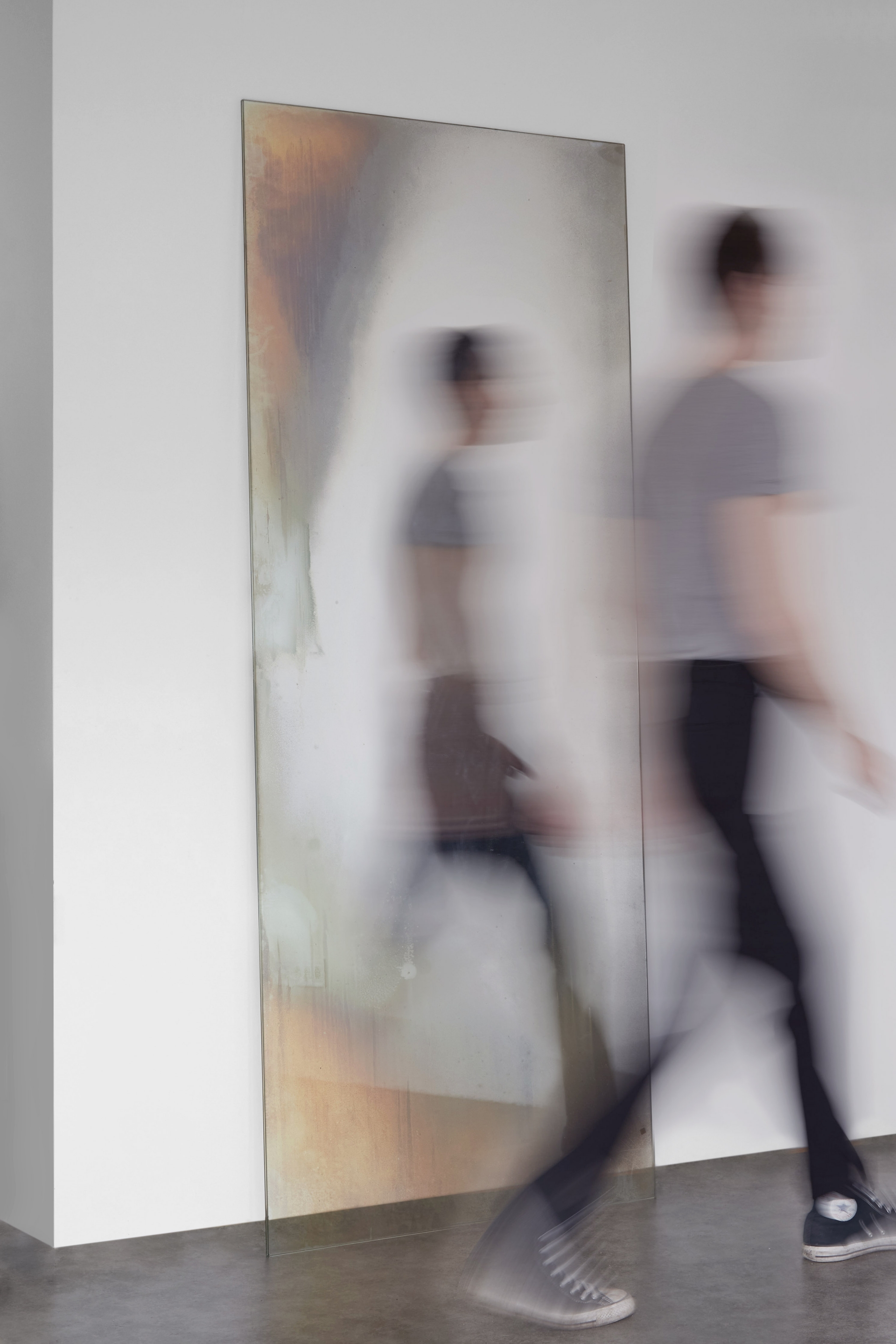
When did you first develop an interest in art and design?
I was a young child when I used to go to the art and design university with my dad where he taught. On the way to the printmaking workshop - which he led - I would see these early renderings of cars in the hallway printed out. I was fascinated by them, how cool they looked and I think that was one of the first moments I remember thinking that this is what I wanted to do (design). For art, as I have always been surrounded by it I couldn’t pinpoint the start of my interest. I always drew, painted, sculpted and visited exhibitions from a young age. We had a lot of albums at home. Comics and illustrations had a big influence on me at the beginning for sure.
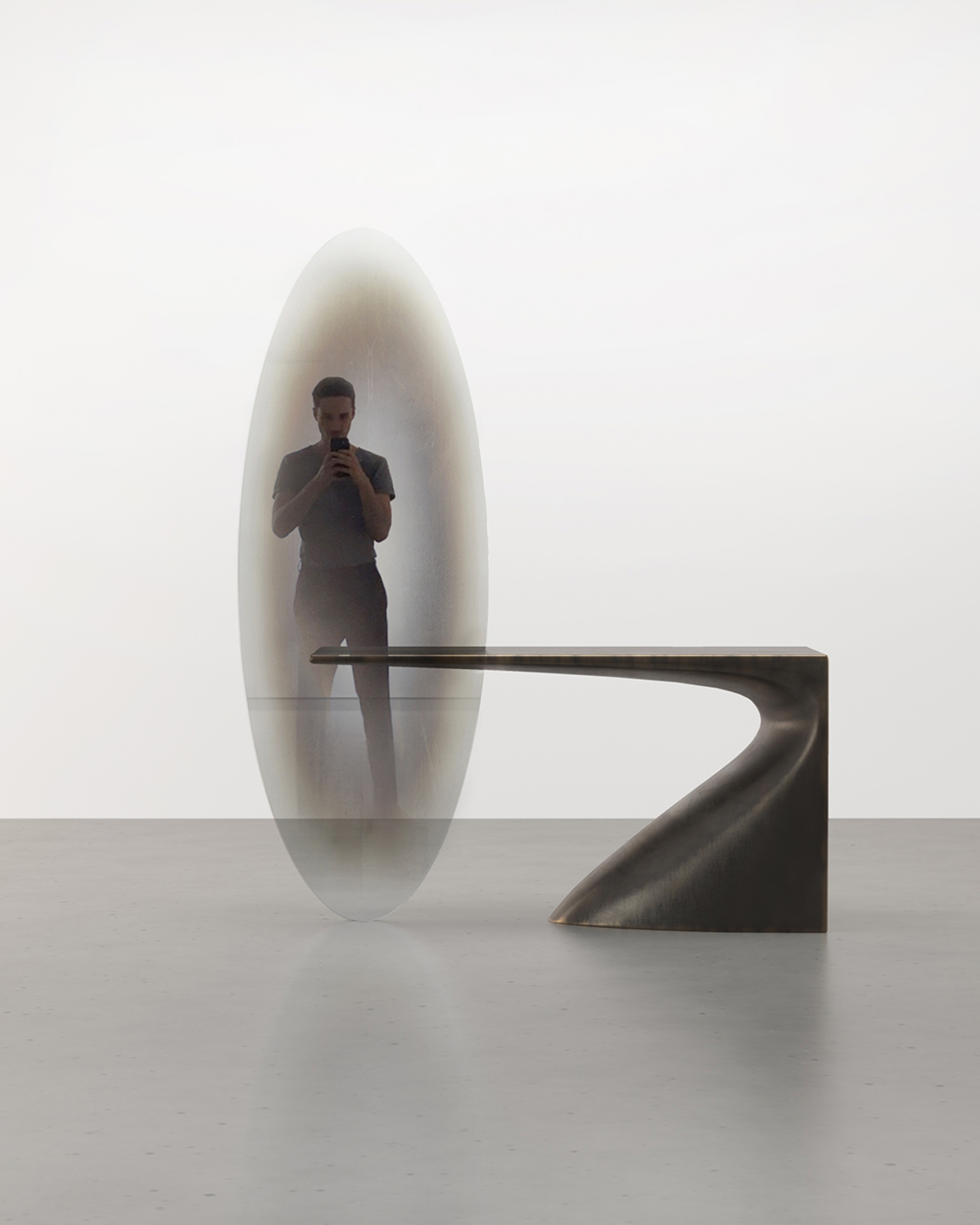
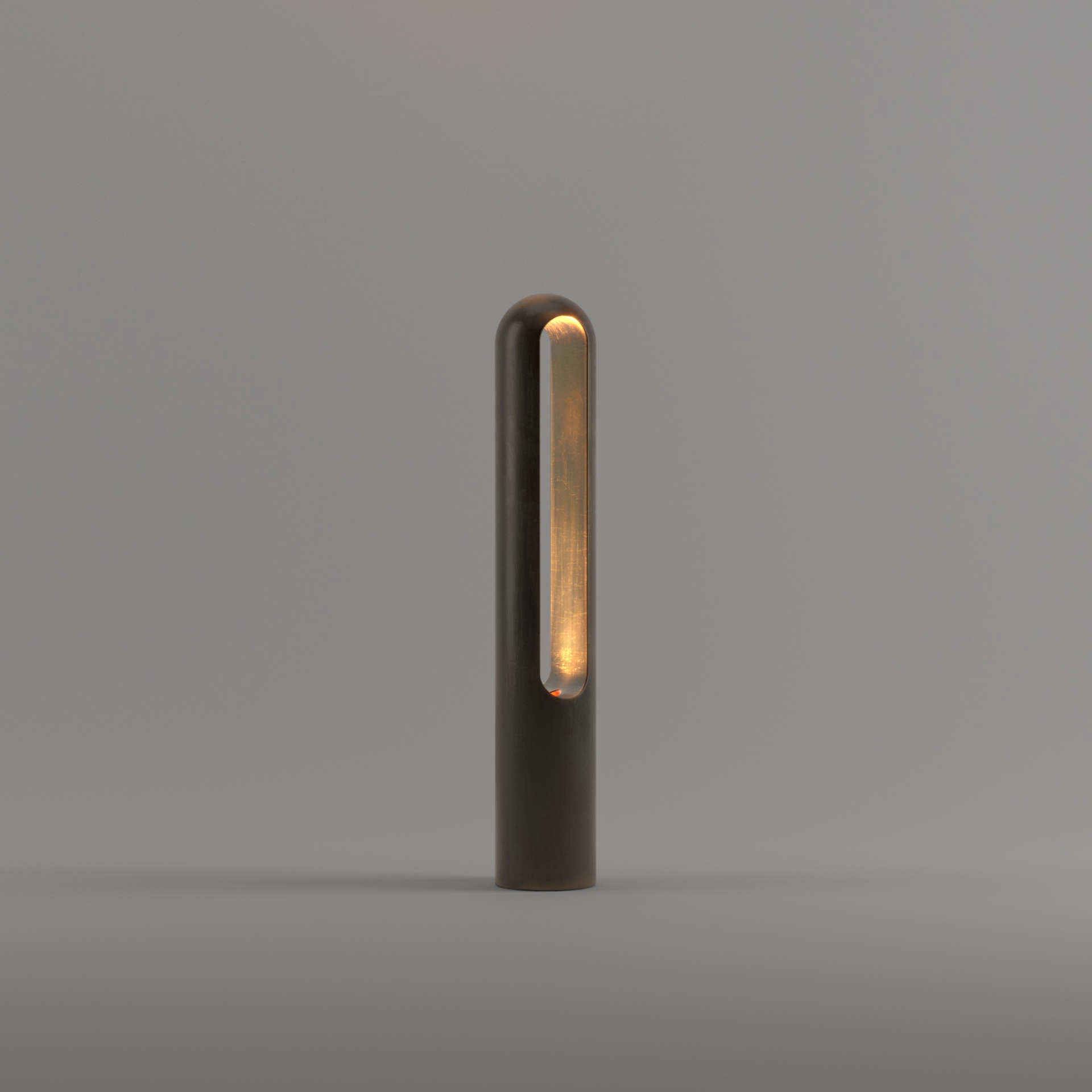
What elements define your aesthetic and philosophy?
My work is often interested in time, existence and heritage. I use a lot of mirrored surfaces, patinas and distressing. Methods of experimentation and unpredictable processes opposing calculated simple forms. Balancing craftsmanship and technology, design and contemporary art, I aim to create timeless pieces that are defined by a dystopian aesthetic.
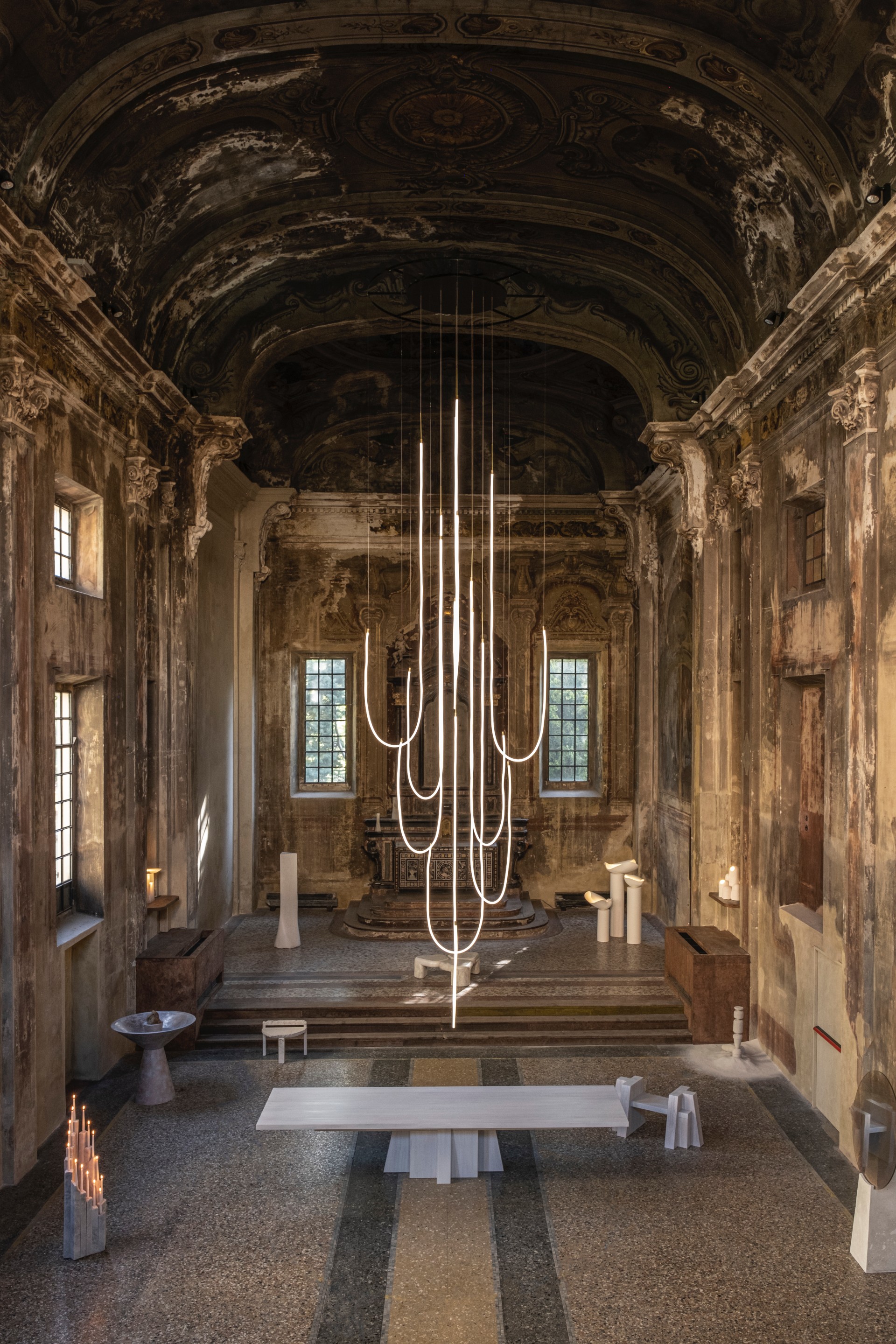
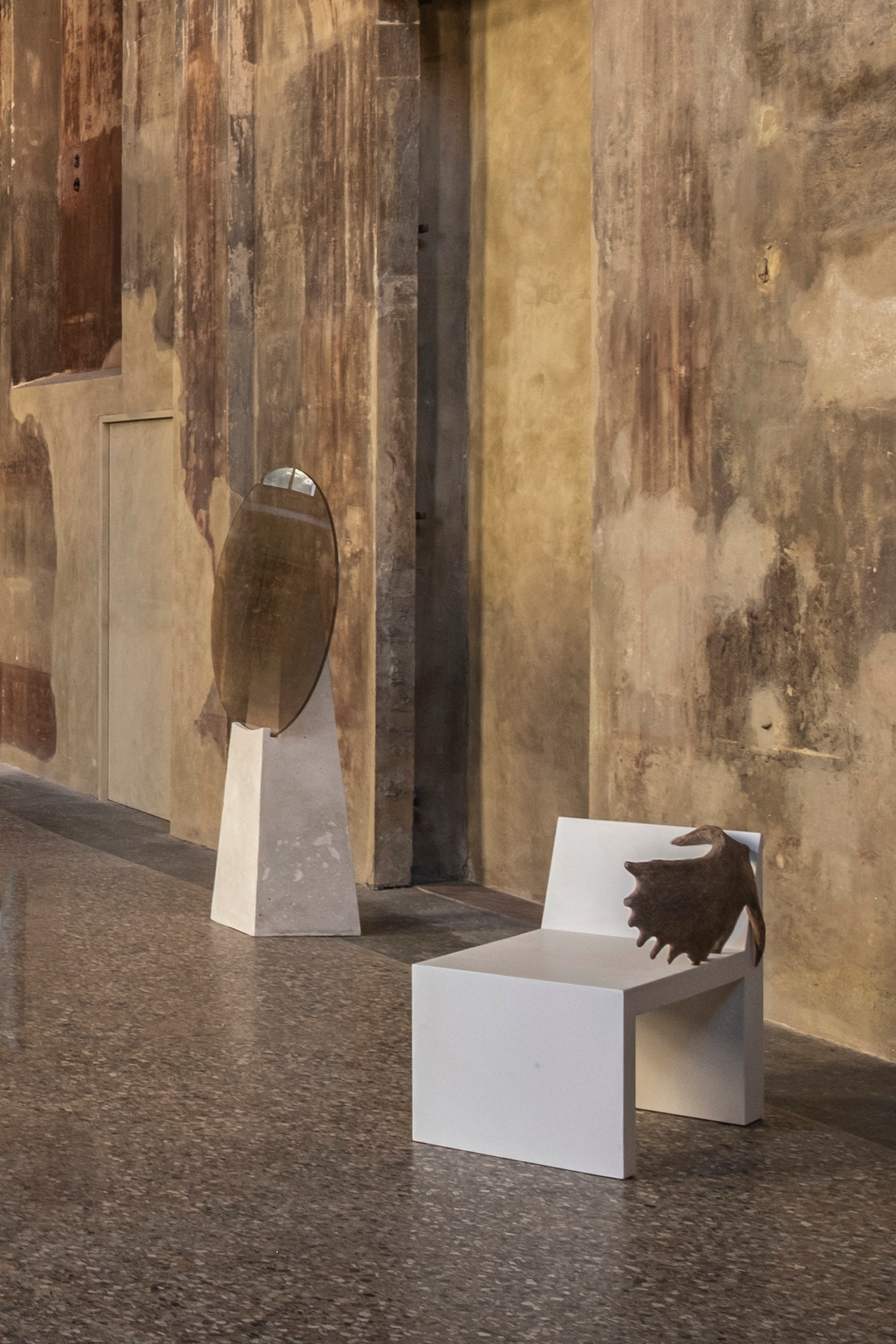
Who or what has had the greatest influence on your work?
So many things inspire my work, an important part of this is the environment I grew up in, its brutalist and eclectic architecture, the people around me, nightlife, science-fiction. The fact that I was exposed to art and creation from early on thanks to my dad and family, certainly had a great impact. I really enjoyed exploring conceptual art from the 60s and 70s, but there is always something specific that stands out in the moment.

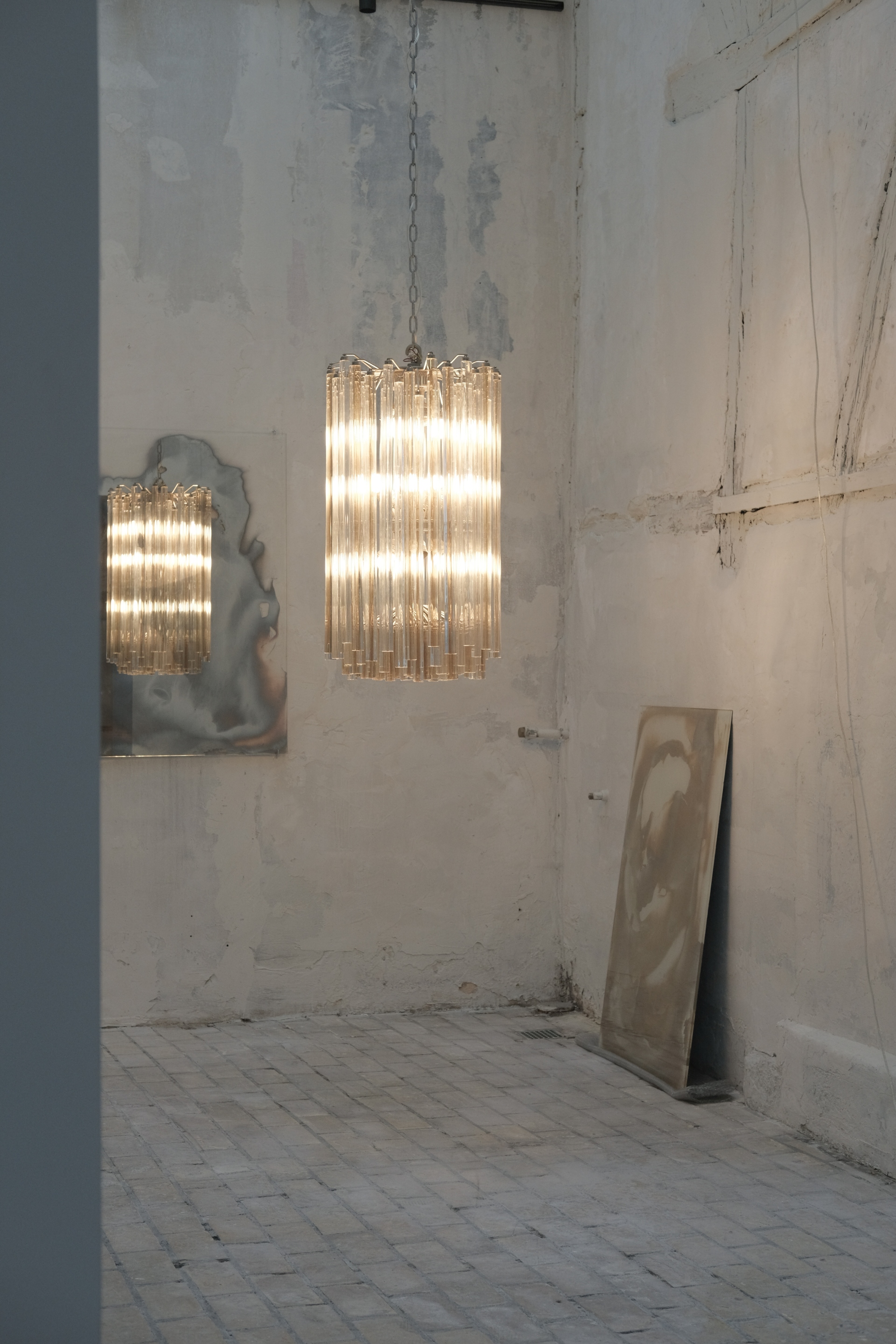
What is your creative process? How do you transform concepts into actual objects?
I enjoy creating unique worlds through my art, blending digital and physical creation in the prototyping process. My ideas, drawn from diverse inspirations, evolve through revisits and sketches, contributing to the creation of each collection. As my projects and collaborations unfold, shaping my focus, the implementation of each piece becomes a collaborative effort. Some works or elements of my works - for example the silvering for my mirrors - I make myself. I could compare this process to painting and it adds to the uniqueness and personal value of each piece. Other pieces involve finding the right collaborators to bring my ideas to life in the most effective way possible.
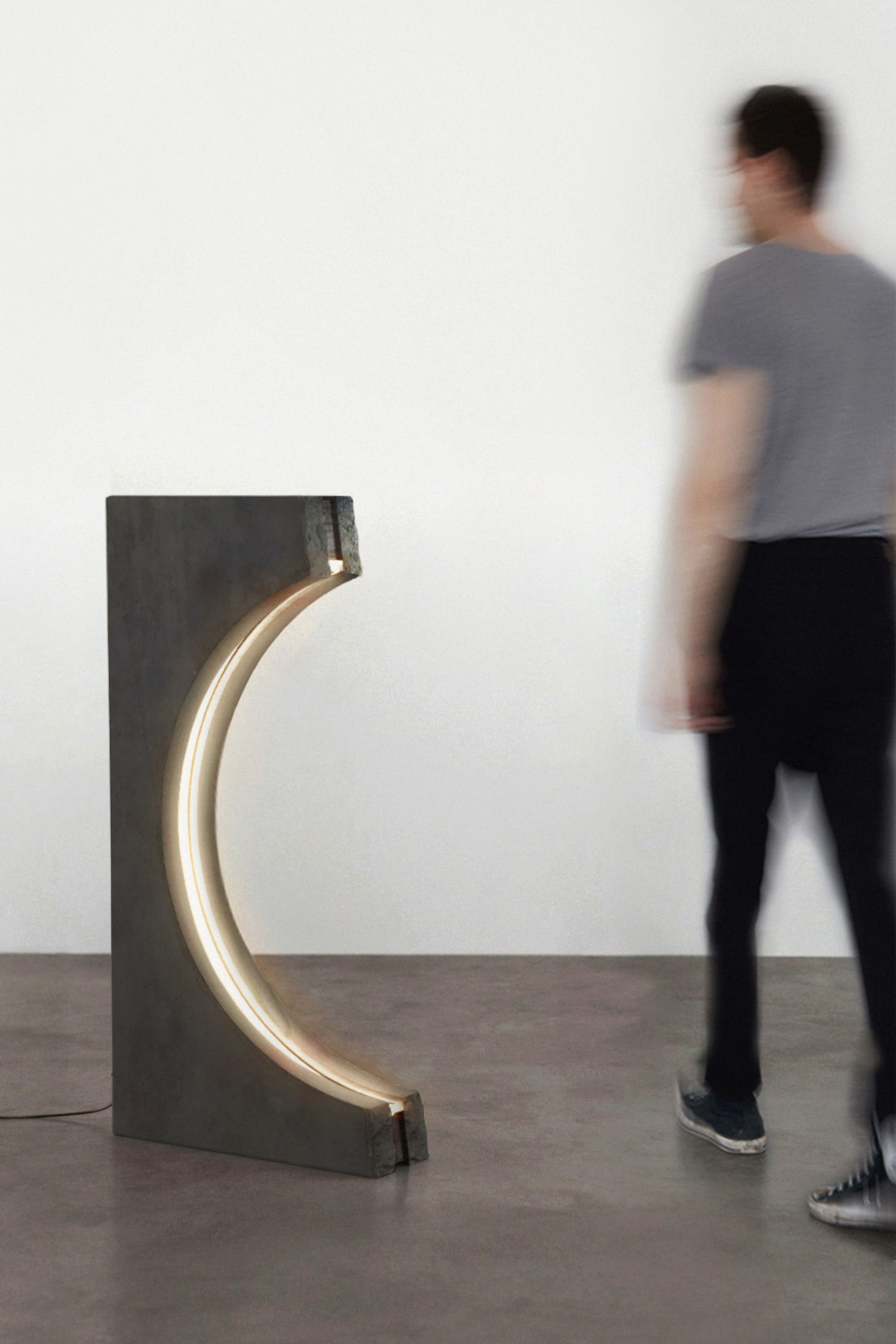

What do you find most rewarding and challenging when it comes to your craft?
Seeing the effect of my work, when exhibited or placed in an environment, is the most rewarding feeling. Connecting with people through my art is the most important thing as, in a way, this is my main language I communicate with. I can express my feelings and thoughts to the world, and I enjoy that. At the same time this process can be challenging. You have to open up, you fight with your ego, second guess yourself.
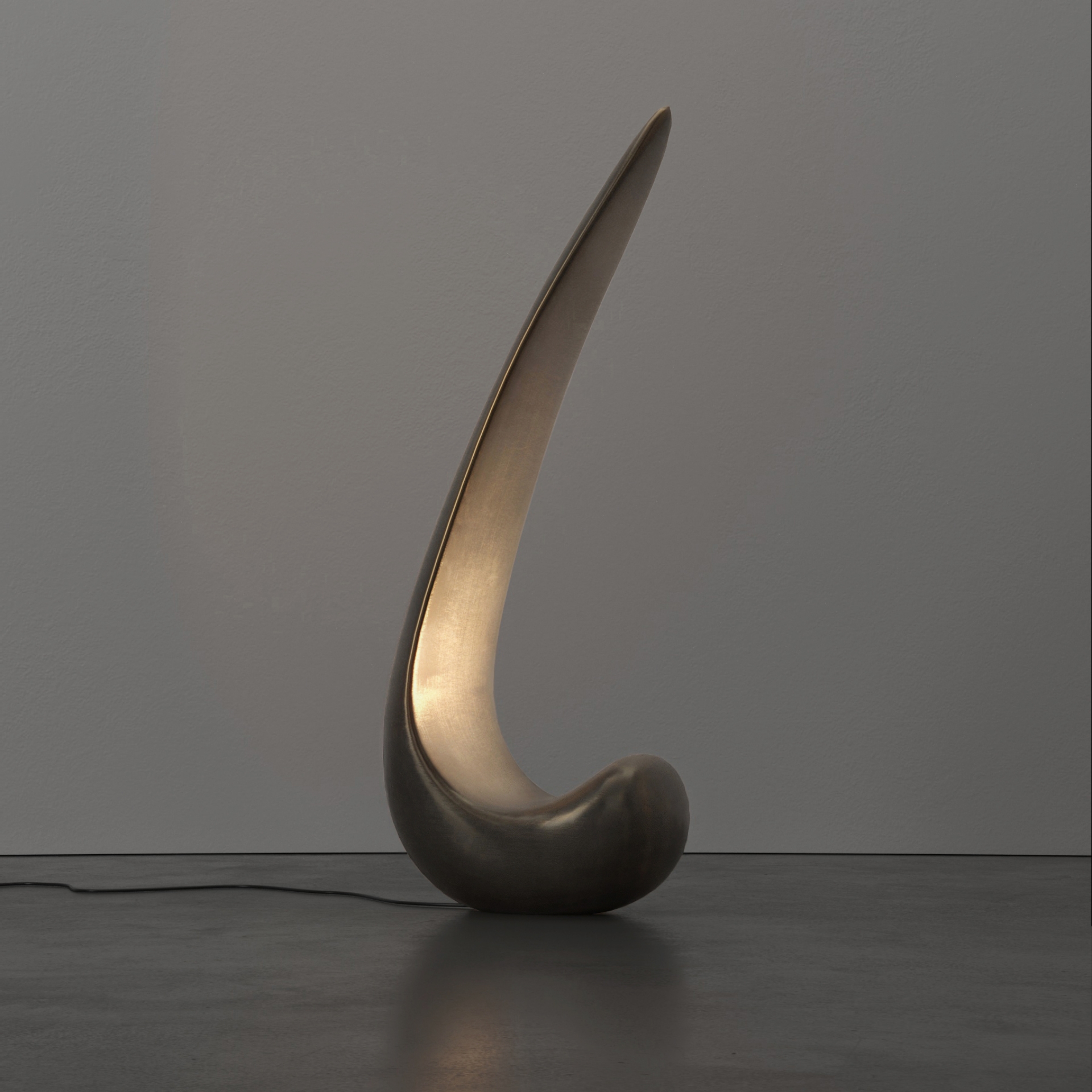
On the other hand, as I create mostly unique and custom designs and functional art pieces, it is definitely challenging to find the right craftsmen and professionals for each project. As the materials, technologies involved can vary for every piece I have to create a wide range of contacts who I can work together with and who are open for experimentation and to occasionally step out of their comfort zone.
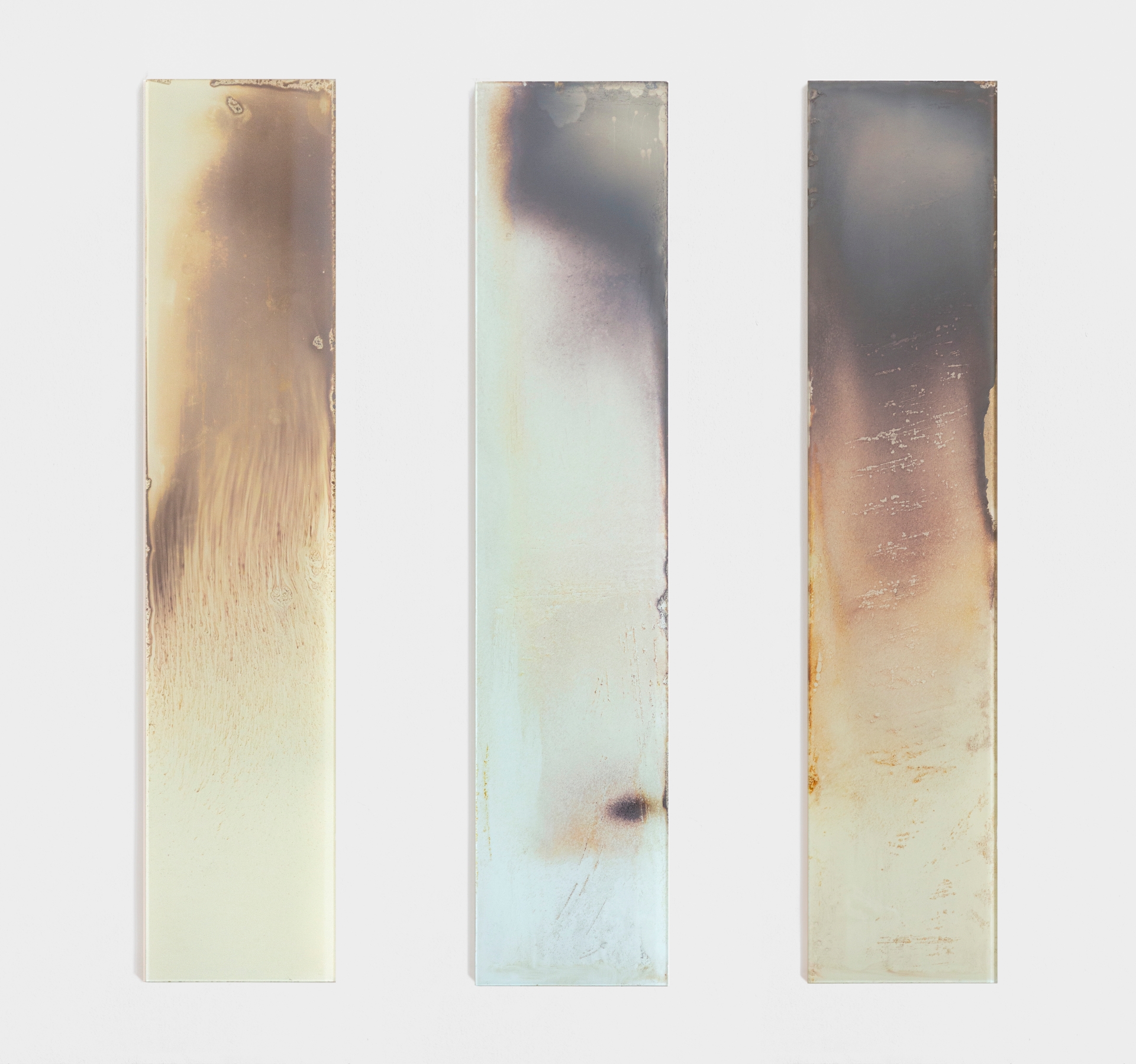
How does your studio or home reflect your approach to design?
I have been moving around and changing my living spaces and studios quite frequently in the last couple of years. I would say nothing is really permanent at the moment. The walls are stripped down, no decoration and a lot of pieces, prototypes revolving between my home and workshop. Some of them are there to serve a function, some of them out of necessity or waiting to be delivered. I wouldn’t say it is messy, because I like to keep things organized and clean, but I think my home reflects more my hunger for creation and receptiveness than my overall approach to design.

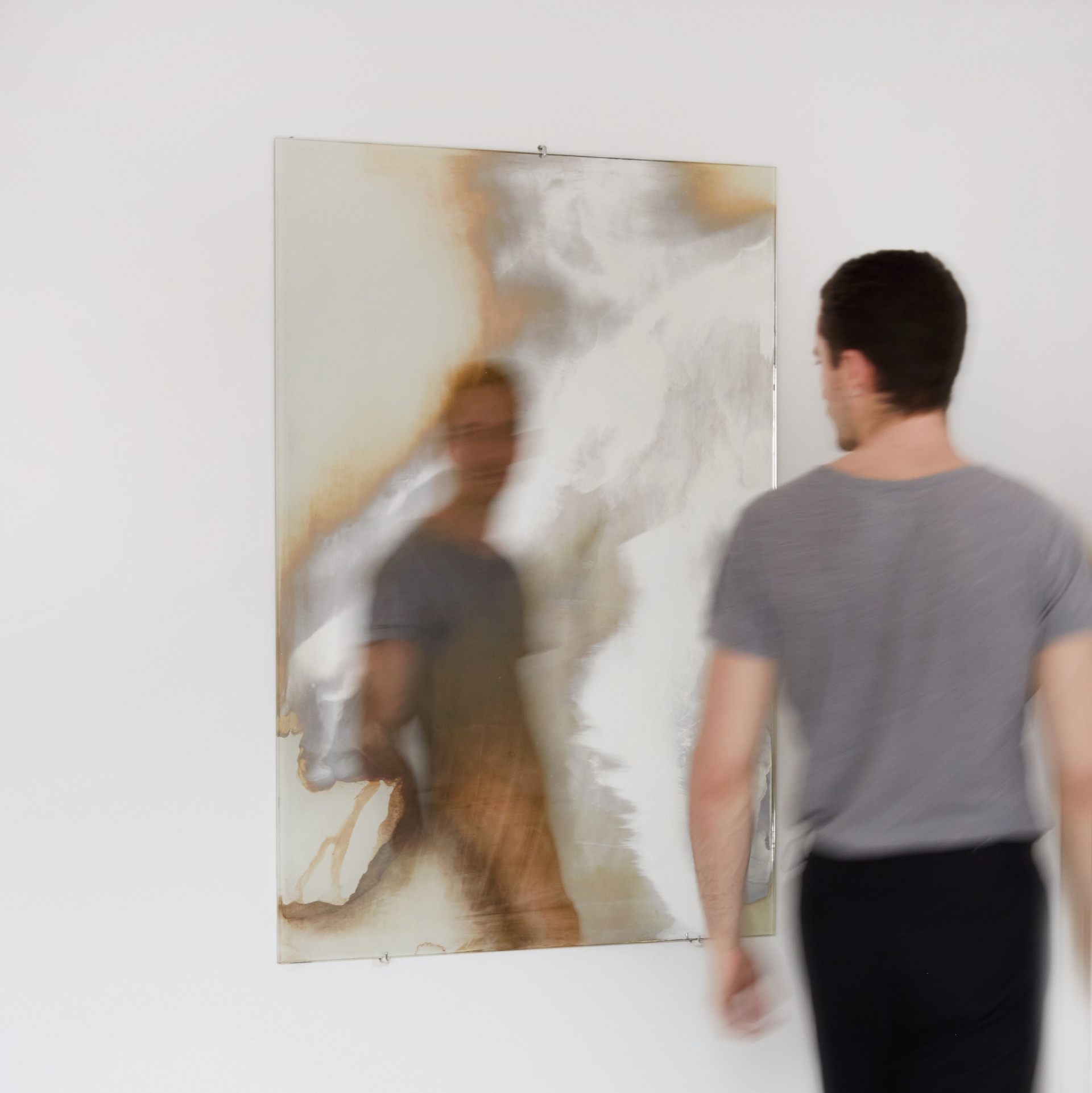
What is something you hope to achieve that you haven’t done yet?
I would love to create a huge installation.
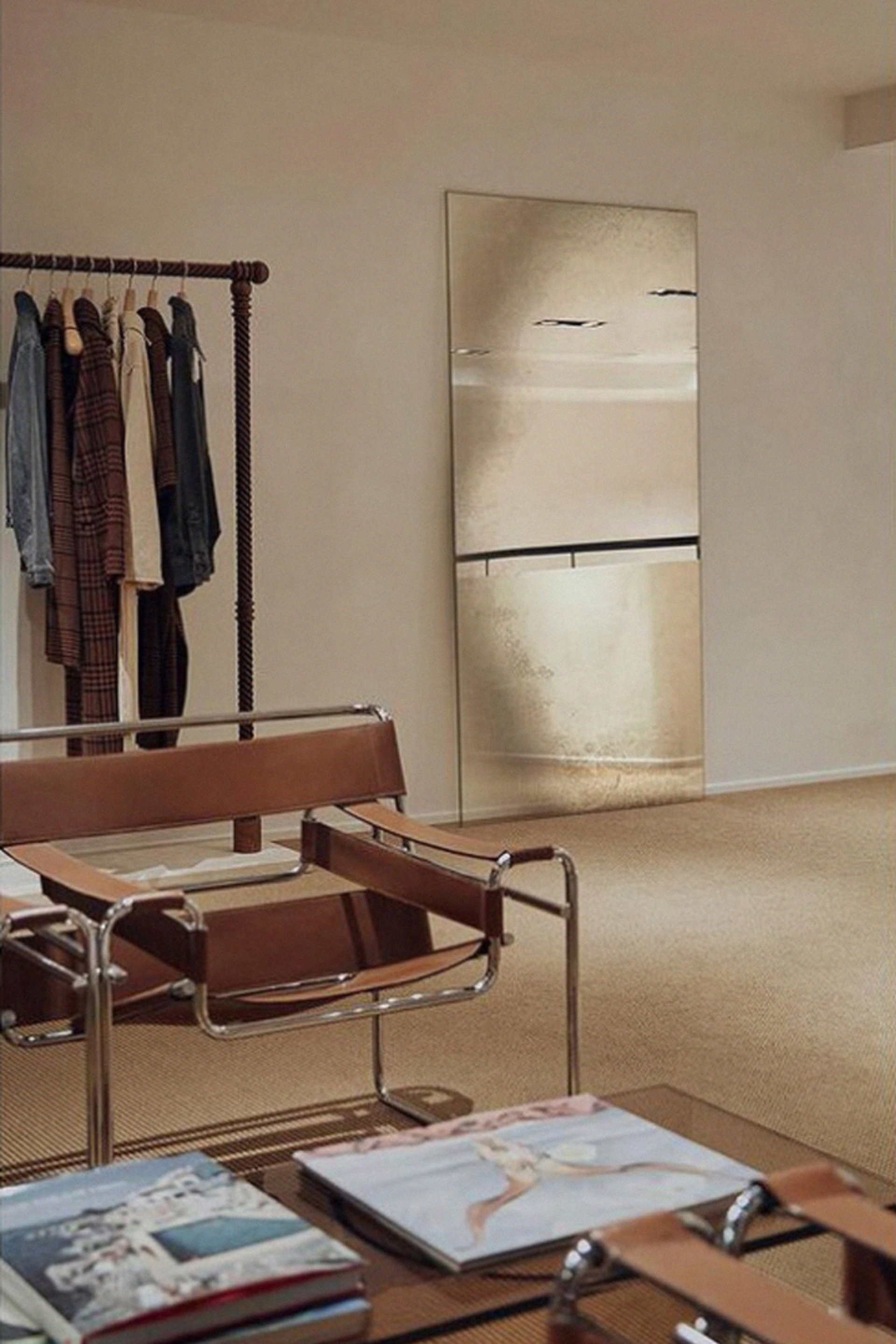
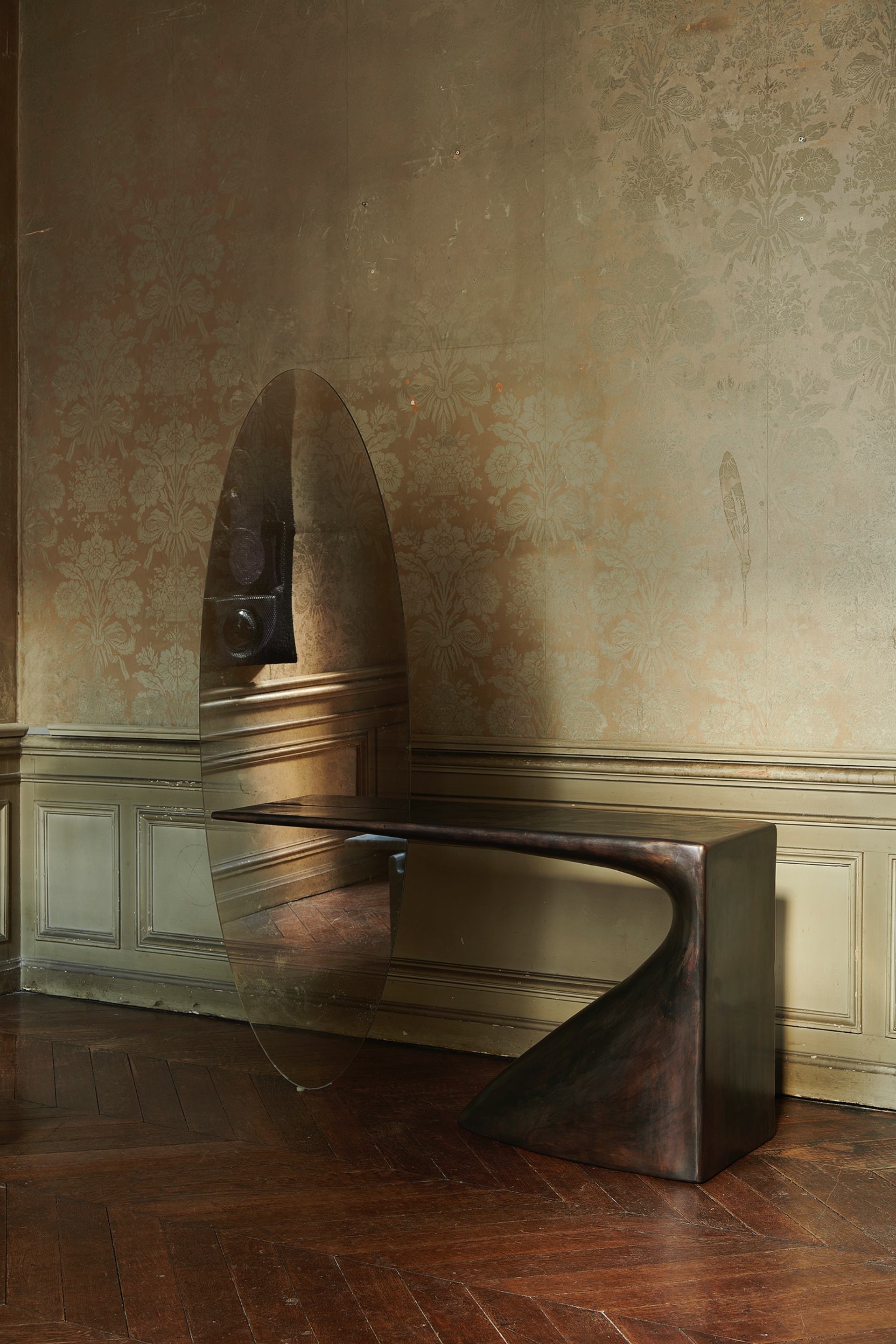
What can we expect from you in 2024?
New stone furniture collections. More experimental pieces. Even more collaborations and growing.

